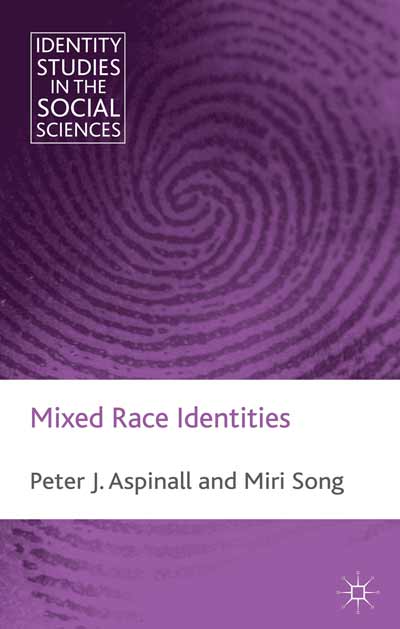Concepts, terminology, and classifications for the ‘mixed’ ethnic or racial groupPosted in Articles, Census/Demographics, Identity Development/Psychology, Media Archive, Social Science, United Kingdom on 2014-03-11 21:39Z by Steven |
Concepts, terminology, and classifications for the ‘mixed’ ethnic or racial group
Journal of Epidemiolgy and Community Health
Volume 64, Issue 6 (2010)
Pages 557-560
DOI: 10.1136/jech.2009.088294
Peter J. Aspinall, Reader in Population Health
Centre for Health Services Studies
University of Kent, United Kingdom
Background: The way to categorise people born of inter-ethnic and racial unions – the ‘mixed’ group – remains unclear and requires new insights, given the increasing size and complexity of the group and its emerging health profile.
Methods: A mixed methods research study focussing on ethnic options of young ‘mixed race’ people (n=326) recruited in colleges and universities investigated respondents’ preferences with respect to concepts, terminology, and classifications.
Results: The overwhelming generic term of choice was ‘mixed race’, widely interpreted by respondents to include mixed minority groups. Respondents were able to assign themselves in a valid way to a 12-category extended 2001 England and Wales Census classification for ‘mixed’, which collapses into five main groupings and also maps back to the census categories. Amongst options tested for census purposes, multi-ticking performed poorly and is not recommended.
Conclusions: A more finely granulated classification for ‘mixed’ is feasible where needed but this requires more extensive testing before it can be judged preferable to a ‘tick one or more’ option that has been shown to have poor reproducibility in validation surveys.
Read or purchase the entire article here.

